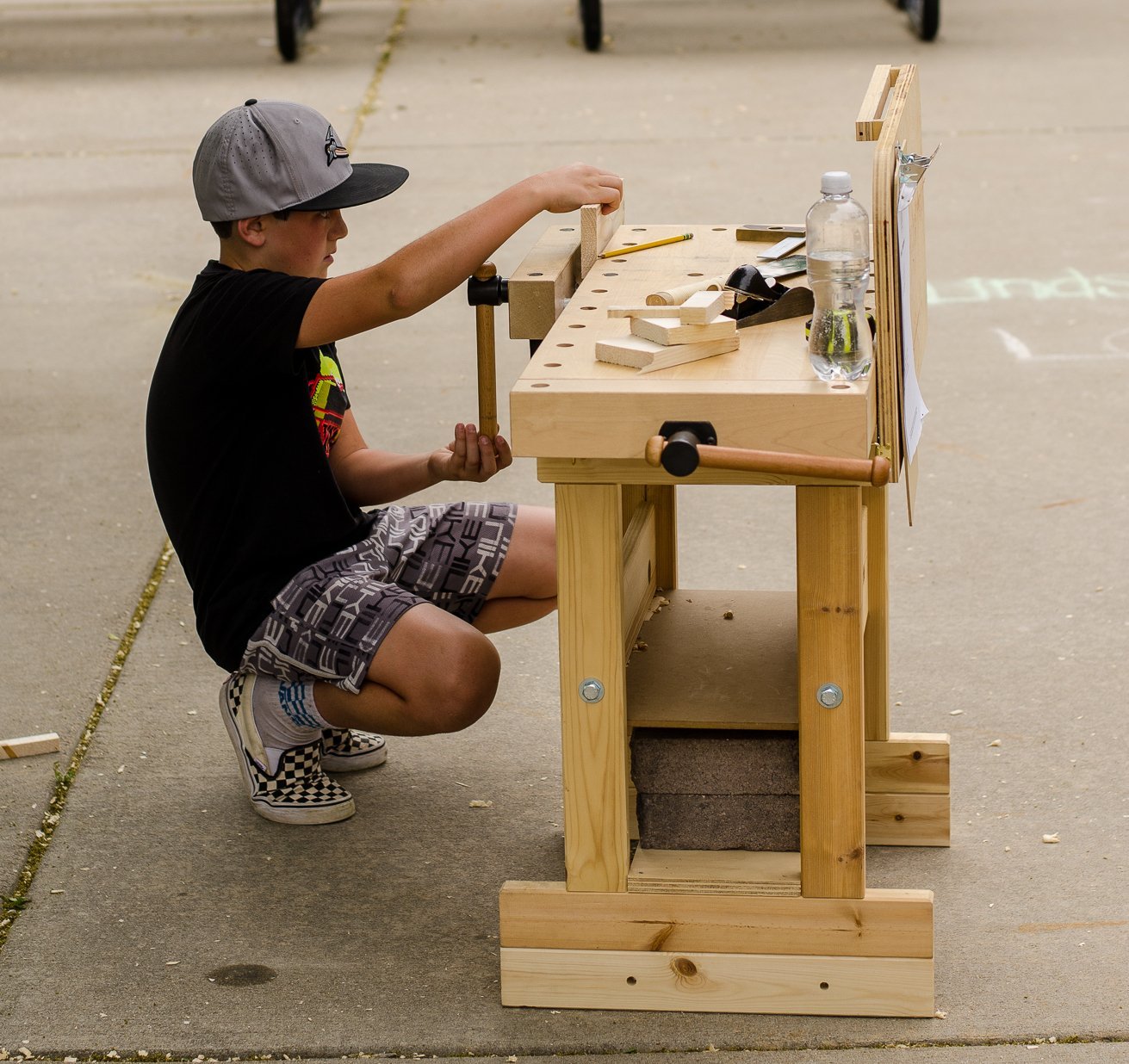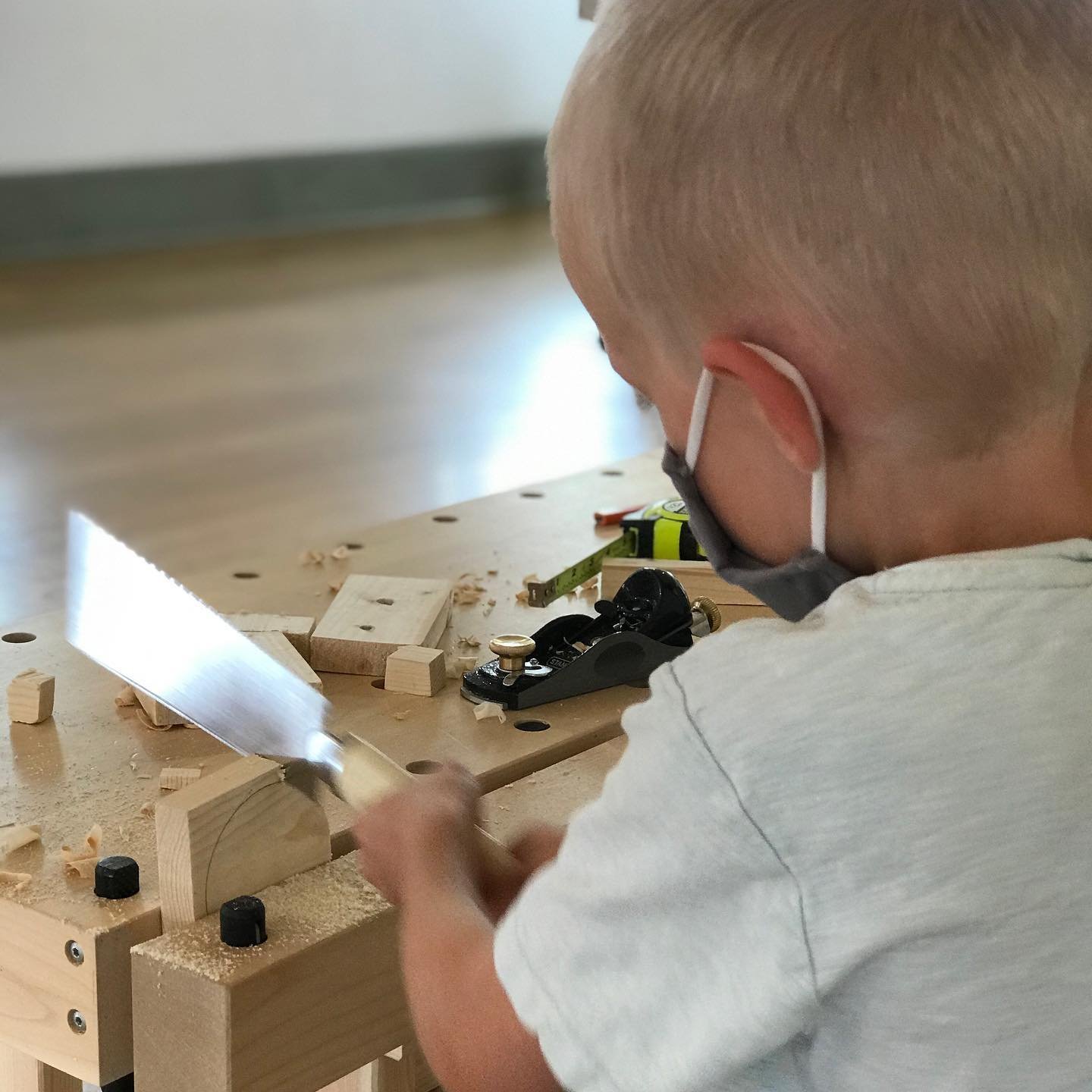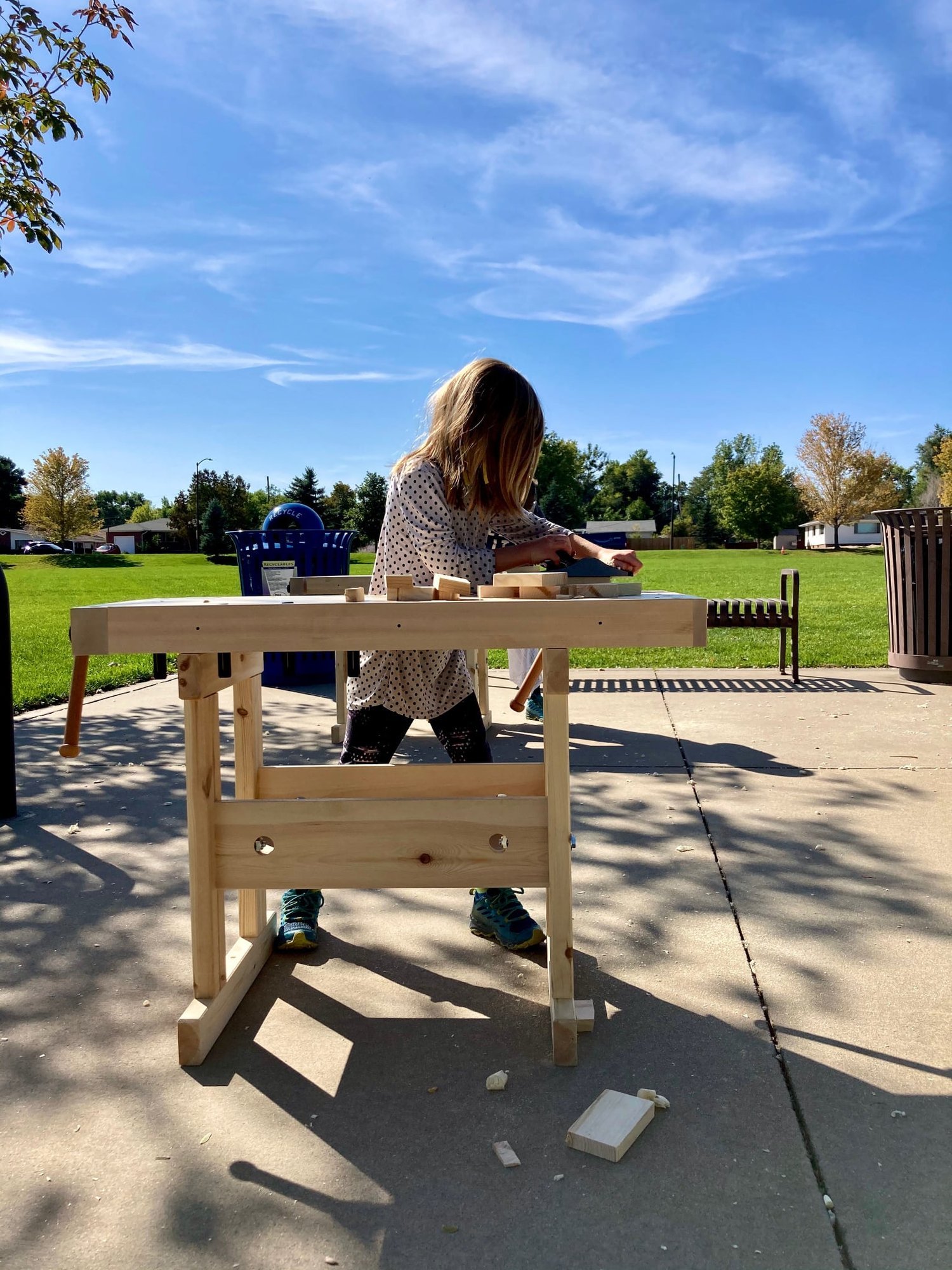Plastic Brains & Green Errors
I’ve been thinking about analogies, idioms, and neurobiological pathways. The following narrative starts fairly shallow, but after we drill into this a bit, it will end quite deep. I hope you stay with me as I lay out this series of thoughts that have played out in my mind over the last few weeks.
The thing I love about blog posts is that I don’t need to care about tailoring my message to battle TLDR-syndrome. I can just write…and write…and write. Some will read it all; some will read some; some won’t read at all. It’s all good!
As of late, I have been super keen on the concept of neuroplasticity - that our nervous systems have the ability to change, reorganize, and grow. “Neuroplasticity” is not a fancy buzzword de jour. It is a state of the brain that is achieved and recognized through a biological lens, as the brain undergoes actual neurochemical and morphological changes.
Children’s brains are highly plastic. Adult’s brains…not so much. From what I understand, neural pathways in children are like a bowl of spaghetti; neural pathways going here, there, and everywhere. As children age, their brains learn what pathways are needed (synapses), and which ones are not. Over time, glial (literally latin for glue) cells fill the voids to strengthen these identified critical pathways. This is GREAT news in so many respects; however, this very process is actually what leads to decreased neuroplasticity in adults. “You can’t teach an old dog new tricks”...or so they say.
TIME FOR AN ANALOGY.
In the practice of woodcarving, especially spoon and utensil carving, it is desirable to use “green” wood, which is wood that has been freshly cut. Green wood still has the natural moisture evenly distributed throughout, and the cell walls have not collapsed and hardened. These features make green wood highly plastic; it is much easier to carve before it has had time to dry. Our tagline, carving children’s character, suddenly takes on a whole new meaning! Similarly to the notion of carving green wood, we intend to develop character in children while their nervous systems are the most plastic they will ever be, as they strengthen the synapses that recognize and value the importance of independence, attention, perseverance, and hard work. The founders of educational Sloyd deeply understood the need to instill these traits in children during their formative years. A century and a half later, we now have the science to back up their claims.
HERE COME THE IDIOMS.
As I continued to ponder all of this, a couple idioms came to mind:
“She’s still green behind the ears.”
“He’s just a greenhorn.”
These strange little phrases are typically used in a derogatory way, implying that the person being described is naive, gullible, unsophisticated, untrained, immature, etc. due to their youth and inexperience. One usually envisions a young person making constant mistakes and errors; this is not cast in a good light. Quite the opposite, in fact.
I remember when I first heard this idiom in active conversation years ago, I had no idea what it meant, as they were likely talking about me (this makes sense because an idiom is a group of words that doesn’t make sense). As I recently researched the genesis of this phrase, I came across numerous stories and explanations, many of which date back several hundreds of years. Most of them are simply tied to the idea that green has long been identified as the color of immaturity, especially due to the association with unripened fruits and new shoots on plants.
What if we shifted this paradigm? What if rather than negatively associating green with ignorance, we positively associated it with growth and learning? The plastic state of youthful brains is something to be celebrated, not shunned. Collectively, we should capitalize on this fact and afford our children the opportunities to experience growth through mistakes and errors (the important point of clarification is that they take true ownership for these mistakes and errors). These idioms, also, suddenly take on new meaning.
ANALOGY #2. OR MAYBE WE SHOULD CALL THIS ONE A METAPHOR.
I got back to thinking about the green wood carving—neuroplasticity analogy, and realized that green wood is, in fact, green. Well, at least a part of it is. When you scrape away the bark of a freshly cut branch you expose a very thin layer known as the cambium. The cambium is actually a very bright green; it is the cellular layer that is responsible for secondary growth in a tree. Annually, it produces new bark and new wood in response to hormones that are passed down with food from the leaves. For this fact, the cambium is recognized as the most important part of a tree.
Maybe rather than green being associated with immaturity thanks to the unripened fruit association, we really could more strongly establish a connection between green and growth via a cambium metaphor? I like to think so, at least.
NEUROBIOLOGICAL PATHWAYS ARE PRETTY NEAT.
If you don’t already listen to the Huberman Lab podcast, you absolutely should. His content has served as the major source of my enlightenment of neuroplasticity, neurobiological pathways, etc. His podcast is all about neuroscience — “how our brain and its connections with the organs of our body control our perceptions, our behaviors, and our health. The podcast also discusses tools for measuring and changing how our nervous system works.”
In Episode #7, Using Failures, Movement, and Balance to Learn Faster, Huberman makes the claim that one can increase neuroplasticity by making mistakes and “leaning into errors”. Although this episode is primarily with respect to increasing neuroplasticity in adults, I believe much of this is just as applicable to children. There is no way I can convey his thoughts as eloquently as he does, so I have quoted pertinent portions of his episode below (timestamps included if you want to listen for yourself):
“Errors are the gateway to neuroplasticity”. (37:50)
“The way to create plasticity is to send signals to the brain that something is wrong, something is different, and something isn’t being achieved.” (17:33)
“Making errors over and over and over again is the route to shaping your nervous system so that it performs better and better and better.” (18:40)
“The signal that generates the plasticity is the making of errors. It’s the reaches and failures that signal to the nervous system that this is not working. And therefore, the shifts start to take place.” (29:20)
“When we make errors…the nervous system starts releasing neurotransmitters and neuromodulators that say, “We better change something in the circuitry. And so, errors are the basis for neuroplasticity and for learning.” (30:45)
“Humans do not like this feeling of frustration and making errors. The few that do, do exceedingly well in whatever pursuits they happen to be involved in.” (31:09)
“So it turns out that the feedback of these errors…starts to release a number of things. This would be epinephrine, it increases alertness; acetylcholine, focus. And this is why frustration that leads us to just kind of quit and walk away from the endeavor is the absolute worst thing. Because if acetylcholine is released, it creates an opportunity to focus on the error margin, the distance between what it is that you are doing and what it is that you would like to do. And then the nervous system starts to make changes almost immediately in order to try and get that behavior right. And when you start getting it even a little bit right, that third molecule comes online or is released, which is dopamine, which allows for the plastic changes to occur very fast.” (31:28)
“If you are uncomfortable making errors, and you get frustrated easily, if you leverage that frustration toward drilling deeper into that endeavor, you are setting yourself up for a terrific set of plasticity mechanisms to engage. But if you take that frustration and you walk away from the endeavor, you are essentially setting up plasticity to rewire you according to what happens afterwards, which is generally feeling pretty miserable. (32:27)
So, I guess it turns out errors are a good thing! There is so much to unpack here, much of which will be reserved for later blog posts. One thing I would like to key in on is the fact that the error signals need to be well-defined. In Sloyd, an appropriate amount of accuracy is encouraged, as there is a specific curriculum, with specific projects and specific parameters. We love and value creativity, too - we afford time in the classroom for children to execute their creative visions. However, we bring them back to the curriculum for an intentional reason. In Sloyd, the square and ruler never lie, it is exceedingly apparent to the child (through multiple sensory pathways) when a cut is not straight or square, or they planed too far down. This is a good thing…it truly gives real time feedback on what is working and what is not, which then leads to learning, growth, and plasticity.
This last quote, however, I think is exceedingly important. What happens in the rewiring of the brain when we give up? How do we encourage our children to lean into errors in a nurturing way, in an effort to capitalize on their natural plasticity and embrace a growth-mindset? It just so happens that this is exactly what we are trying to achieve through Sloyd Experience.
APPARENTLY, MOTOR MOVEMENT IS KIND OF A BIG DEAL..
As I listened to the rest of the podcast, my jaw dropped when Huberman explained that a state of plasticity is best achieved through efforts that make demands on the motor cortex, i.e. - physically doing things.
“It is important to understand that motor movements are the most straightforward way to access states of plasticity. And that can be for the sake of learning the motor movement or for the sake of accessing plasticity more generally.” (38:10)
“Plasticity is a state of the brain and nervous system. It’s not just geared toward the specific thing I’m trying to learn.” (37:37)
He goes on to explain a whole lot more of the “why” this is true, but for the sake of time, I’ll let you go on to seek that out on your own. However, the fact that motor movements are essentially critical in order to obtain plasticity was absolutely fascinating to learn. Again, much of Huberman’s focus was with respect to adult plasticity; however, I am optimistic the same truth is evident in children.
There is no shortage of fine and gross motor movements in the Sloyd classroom. Pulling on saws. Turning bit braces. Sliding planes. Cranking hand drills. Pushing spokeshaves. The work is real. The work is hard. Without a doubt, it makes significant (and intentional) demands on the motor functions of children. Quite amazingly, this leads to incredible developments in their brains, which permeates into other facets of their lives. Again, neuroplasticity is a state of the brain…it does not only apply to the thing (Sloyd in our instance) that we are trying to learn. We believe that plasticity achieved through Sloyd over time will lead to improved learning in other areas. I have always believed in Sloyd from philosophical and psychological perspectives. Now that biological reasons have entered the stage, I’m almost speechless. Almost.
ERRORS. EARS (again). BALANCE. GROWTH.
Lastly, Huberman explains that not only motor functions, but especially activities that make demands on the vestibular system, i.e., inner ear anatomy, balance, etc. - have a huge role in plasticity:
“Errors in vestibular motor sensory experience, meaning when we are off balance and we have to compensate by looking at, thinking about, or responding to the world differently, cause an area of our brain called the cerebellum…to signal some of these deeper brain centers that release dopamine, norepinephrine, and acetylcholine. And that’s because these circuits in the inner ear and the cerebellum, they were designed to recalibrate our motor movements when our relationship to gravity changes. These are hardwired circuits that tap right into these chemical pathways. And those chemical pathways are the gates to plasticity.” (1:07:34)
“If you can engage the vestibular system and create some errors within the vestibular motor operations that you are carrying out, you create a neurochemical state that then makes you very, very good at learning very quickly regardless of age.” (1:10:31)
The shifts in balance that a child experiences while they are pushing against a piece of wood using the various tools in Sloyd is truly incredible. At first, many children are seemingly tap-dancing around the bench, as they are searching for a firm foundation in their footing while working. Simultaneously, they are trying to turn and look and attend to their work, which also impacts their balance. Now, knowing that Sloyd has the ability to actually affect the neurochemical state of their brains in this unique way during their formative years is absolutely stunning to me.
Maybe “green behind the ears” isn’t such a strange phrase after all. And maybe all of these intertwined analogies aren’t such a coincidence. I believe it is all a very intentional and beautiful design, indeed.









